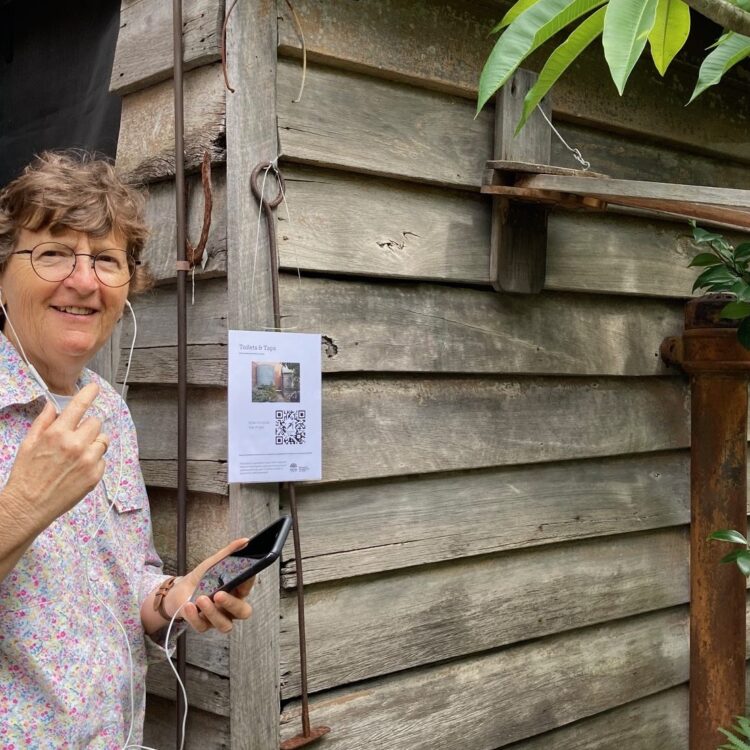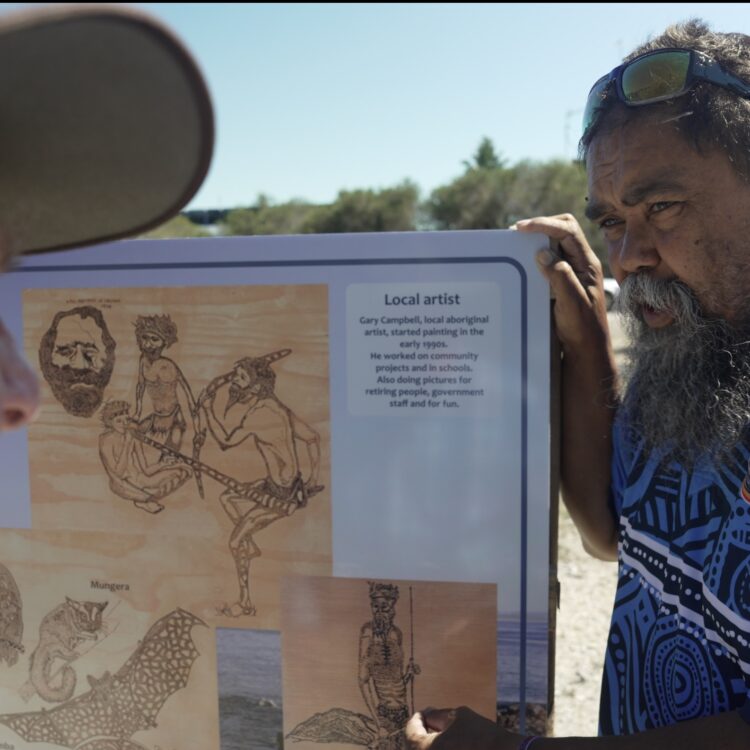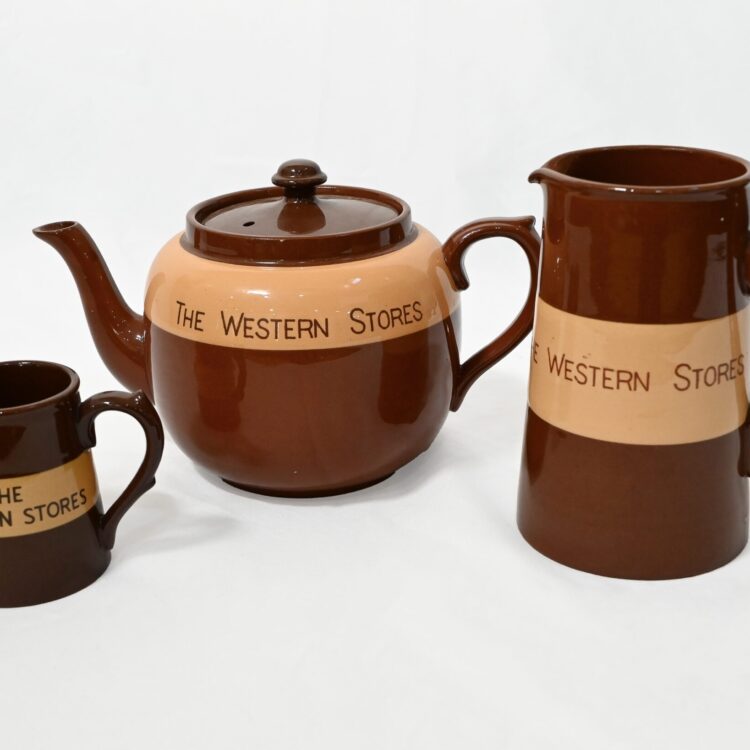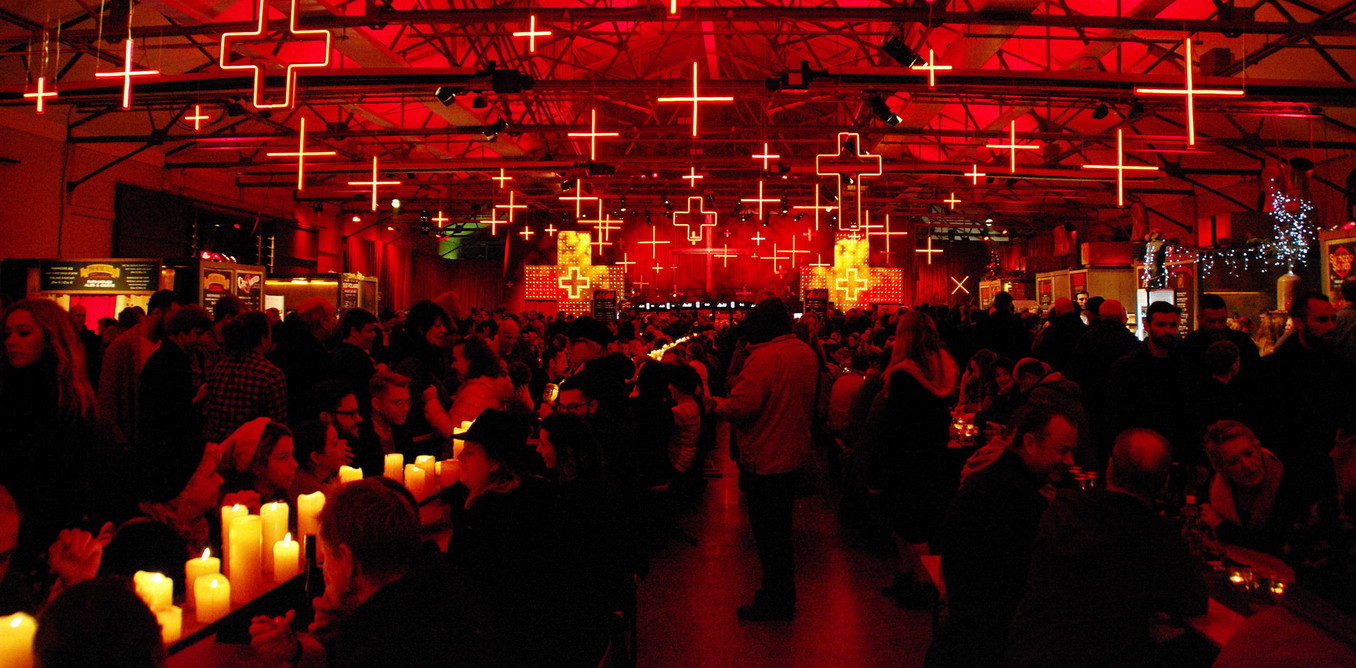
Nearly three-quarters of Australians go to live art events, such as Dark Mofo in Hobart. Stefan Karpiniec/Flickr, CC BY
This article was originally published on The Conversation by Jo Caust, Associate Professor and Principal Fellow (Hon), University of Melbourne.
The arts play a role in the lives of 98% of the Australian population, according to a new survey, Connecting Australians, released by the Australia Council today. That is, the majority of Australians from all walks of life – different ages, genders, cultures and backgrounds – participate and engage with the arts on some level.
While this figure is consistent with previous surveys, one major change is the national impact of new technologies on the experiencing and making of arts practice. For example, the survey found that 97% of all Australians aged between 15 and 24 engage with the arts online and 81% of Australians overall, up from 49% in 2009 and 73% in 2013. The major areas of engagement are listening to music (97%), reading books (79%) and going to live events (72%).
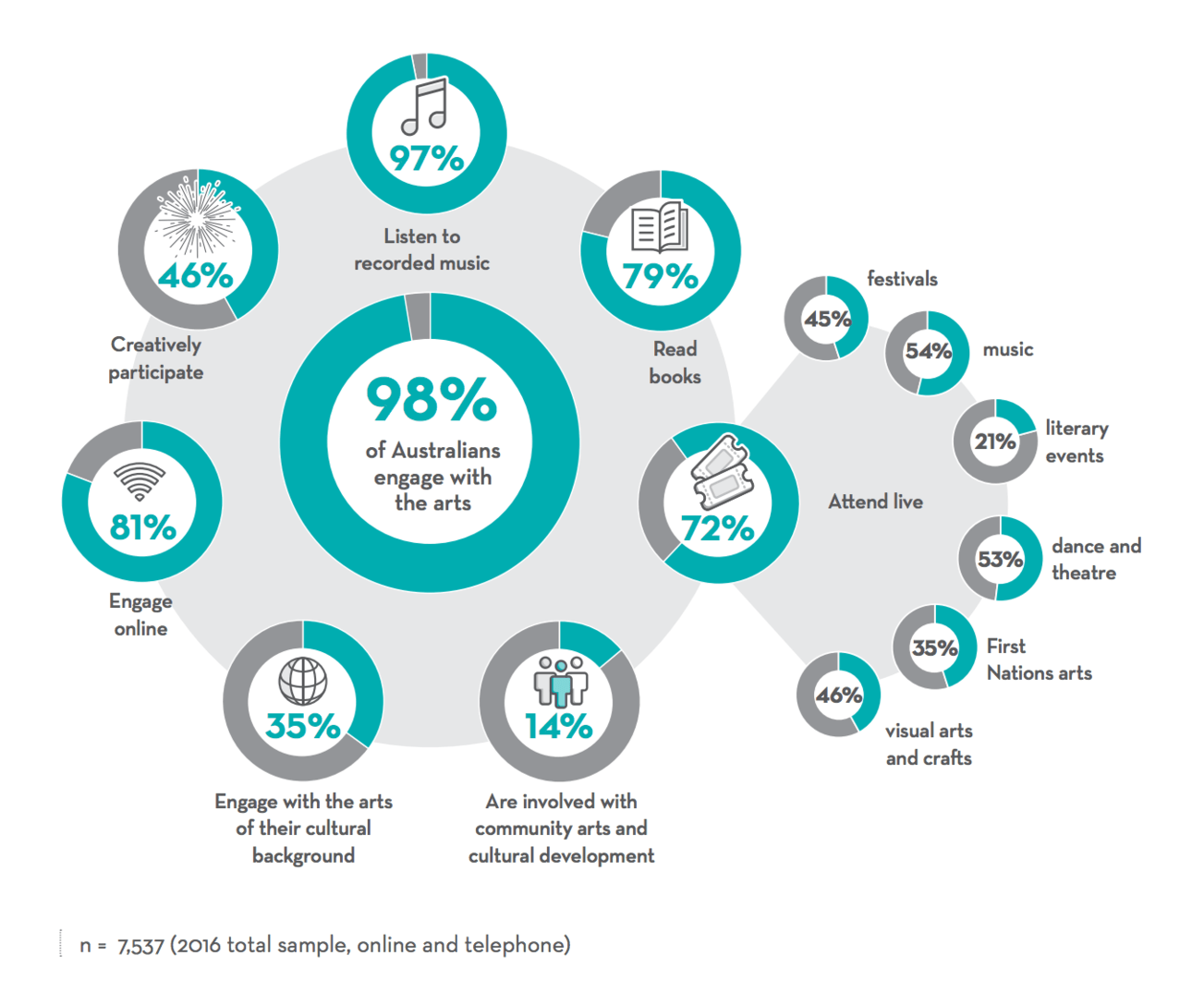
Australia’s arts engagement 2016. Australia Council
The latest report is a follow-up to surveys in 2009 and 2013 that tracked the way Australians engage with the arts. The data are derived from a nationally representative sample of 7,537 Australians aged 15 years and over. The researchers also did studies with several focus groups within particular demographics to develop a deeper understanding of community attitudes and values.
Young engaging with the arts
Another important discovery in the survey is that both First Nations people and those from culturally and linguistically diverse backgrounds are more likely to engage with the arts online (at 90%) relative to the general population (just over 80%).
This online participation compares with 72% of people attending arts events in person. While this might be a problem if fewer people were attending arts events, it appears that many of those experiencing the arts online are in fact new audiences – no doubt the 15-24 age group as noted above. Thus there may not be a reduction in attendance; rather, we are seeing an increase in other forms of participation.
An important change is the recognition by an increased number of people that the arts have a positive impact on their lives. Young people, again, are the group that recognises this most. This effect appears to decrease with age, as do most kinds of arts engagement.
Both aspects of this finding are surprising given that the audience age at particular forms of arts practice such as classical music or opera is older. It would seem from this data that as the population ages, there is less engagement with the arts and those engaging feel less of a positive benefit.
Signs of discontent?
There are some other areas of concern too that seem to reflect broader social disengagement patterns in the Australian population and culture. For example, there is an increased ambivalence towards public funding of the arts from around 13% of the population in 2013 to 25% in 2016 (they answered “neither agree nor disagree” to the statement that the arts should receive public funding).
The percentage of those who think the arts are too expensive has also increased (from 36% to 43%). Likewise, more people think the arts attract people who are somewhat elitist, and more people think the arts aren’t for people “like them”.
The report authors see this changing perception as possibly reflecting a particular framing of the “arts” – that is, the arts are interpreted only as the “high” arts. If this is the case, there is a need for further work around how the arts are defined, as well as more consideration of skewed funding patterns versus broader cultural preferences. The survey shows that this elitist framing is generally age-defined, with younger people seeing the arts from a broader perspective.
More people see the arts as a way of improving cultural understanding and tolerance, with an increase from 36% of the population in 2013 to 64% in 2016. There is also an increase in those who believe the arts are more truly reflective of Australia’s cultural diversity – from 64% in 2013 to 75% in 2016.
The survey demonstrates the changing way that people now engage and participate in the arts. Researcher John Holden has talked at length about this with his framing of three forms of culture – publicly funded, homemade and commercial.
One of the survey researchers notes that the boundaries between art appreciation and art making are increasingly blurred. This is evidence of greater engagement in art making, especially by young people, using platforms such as Youtube, Instagram and Spotify.
Technology has been a democratising force in encouraging and enabling more people to both appreciate and participate in all forms of arts practice. It is likely this will continue and that is good for both arts engagement and how we value arts practices.

